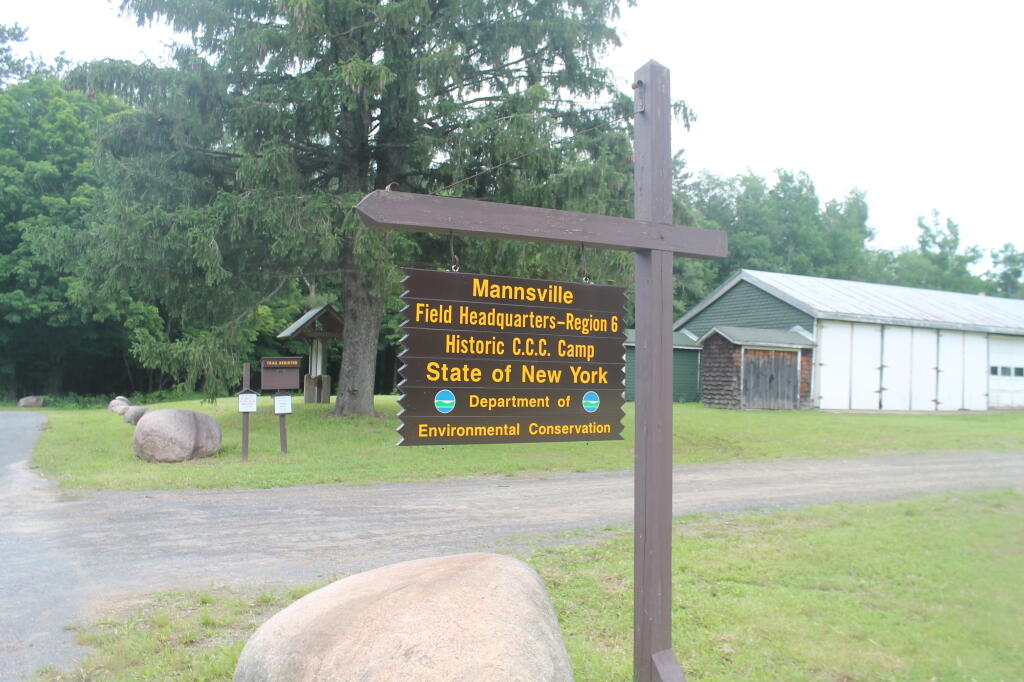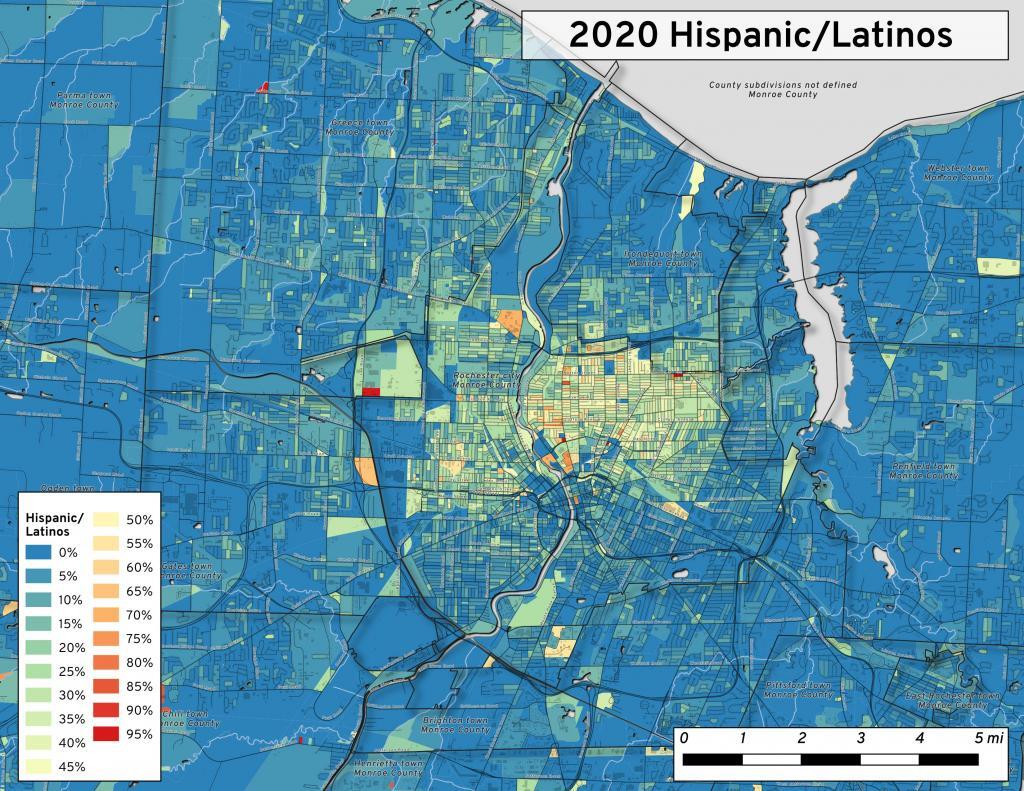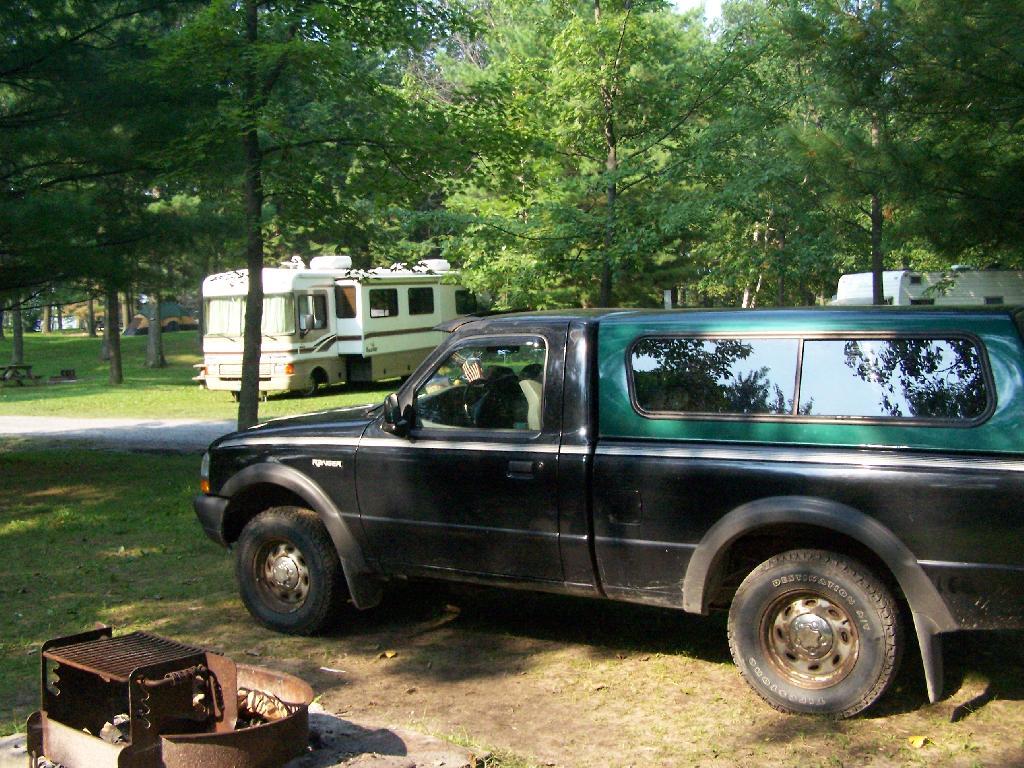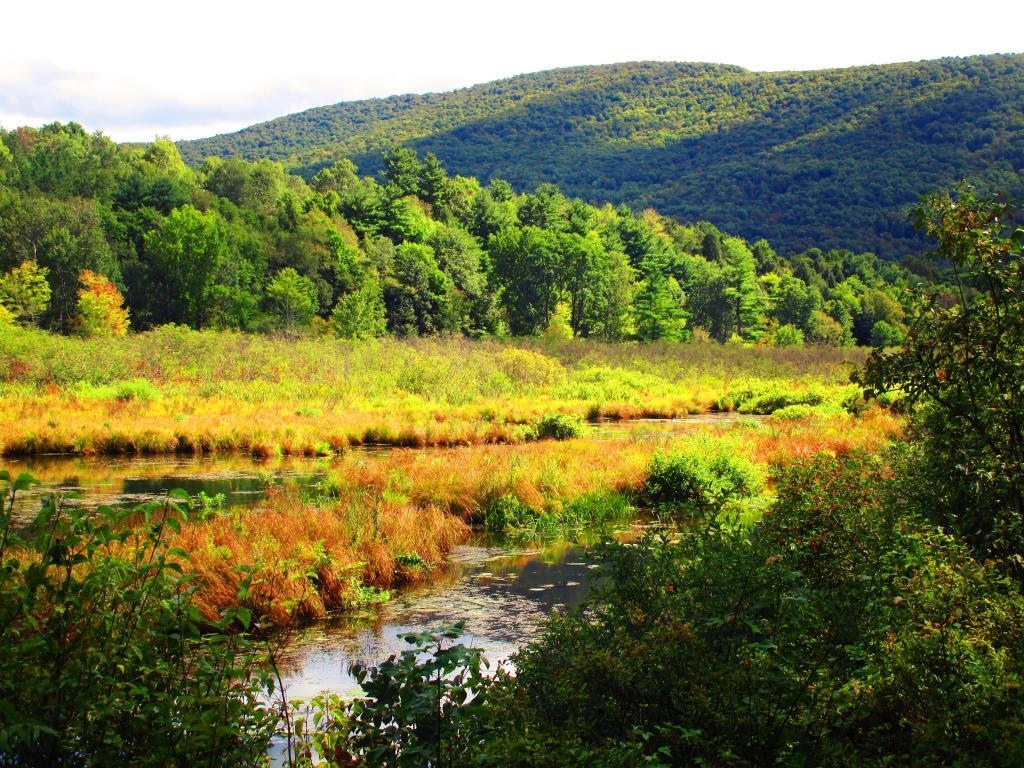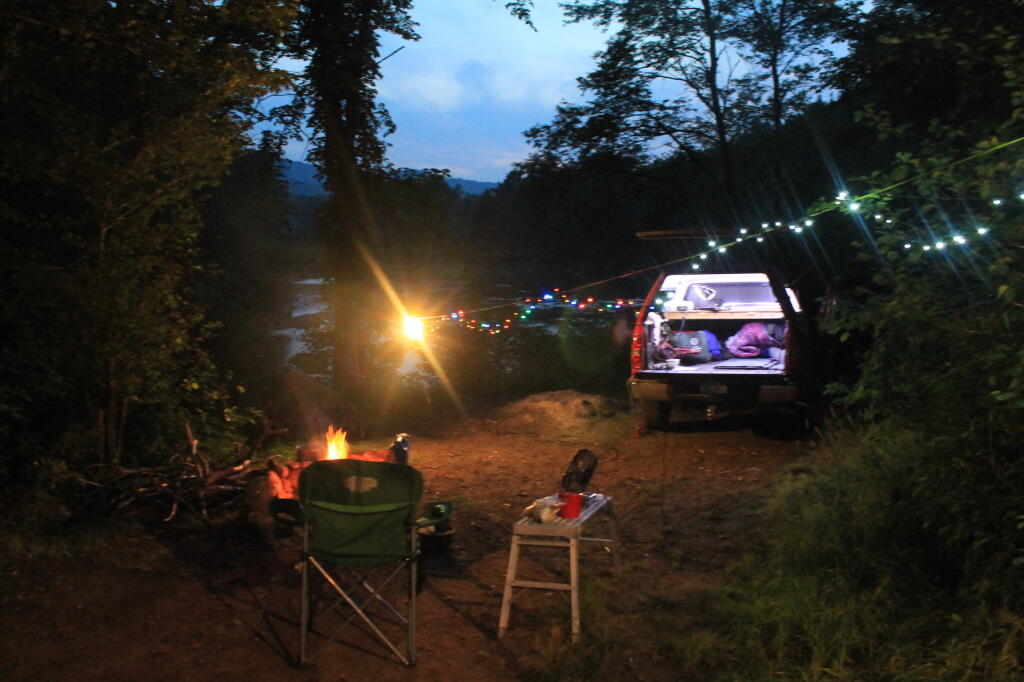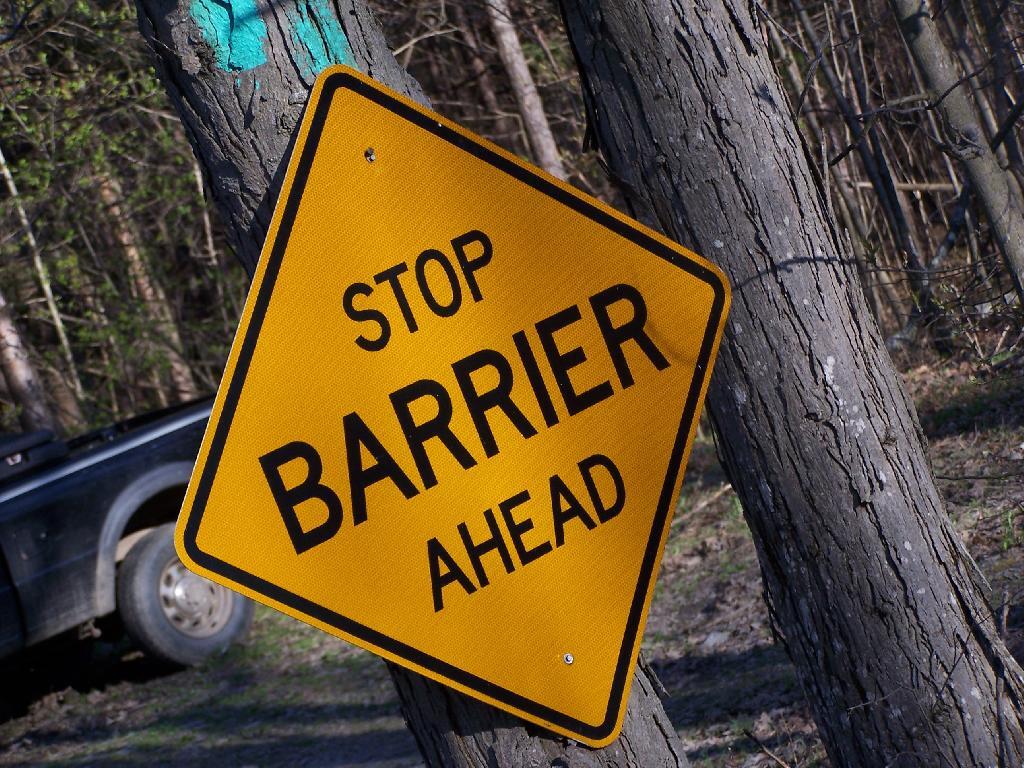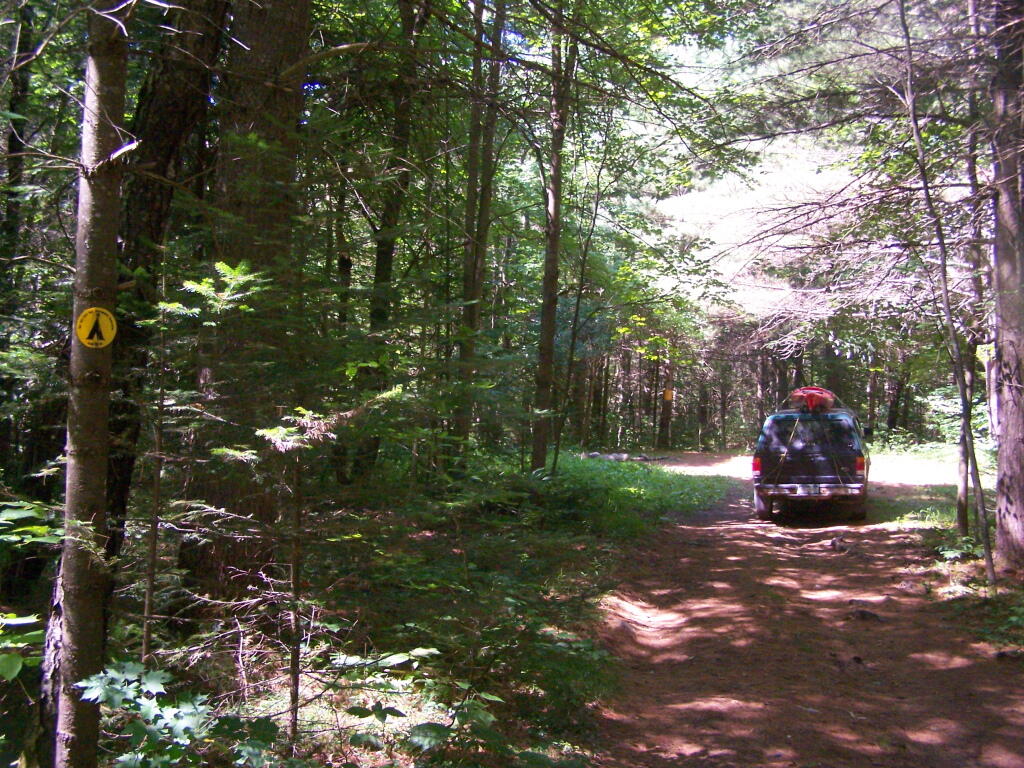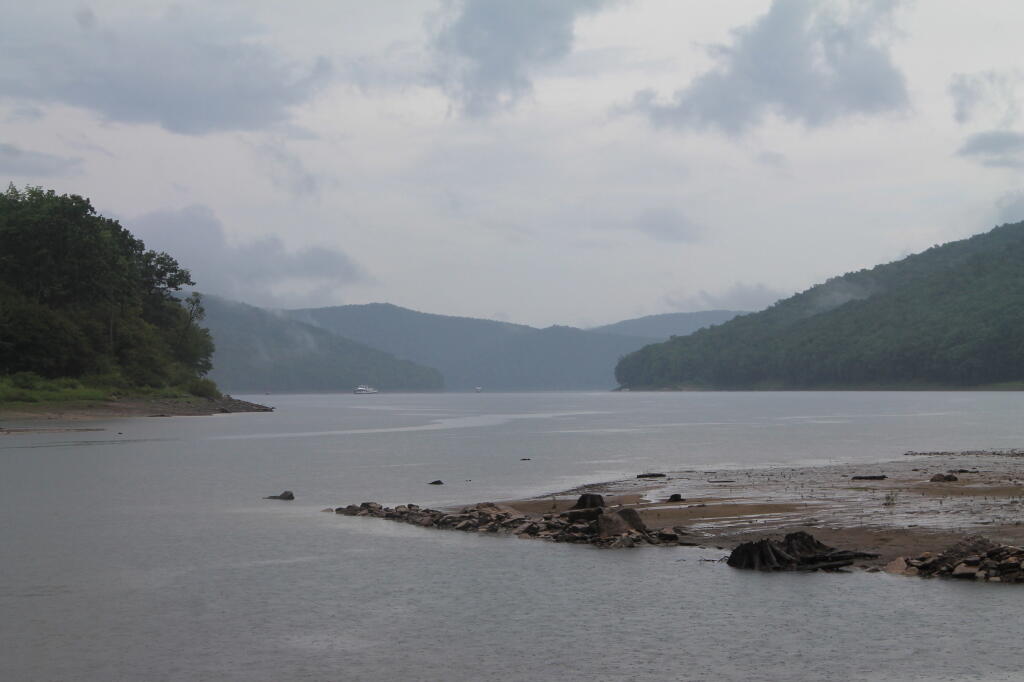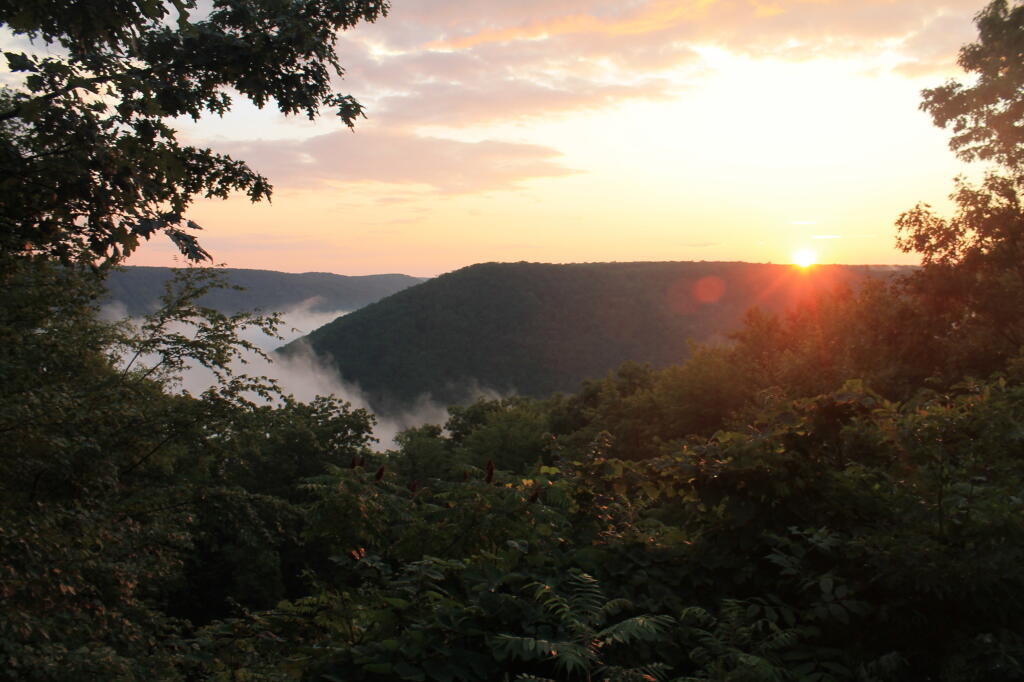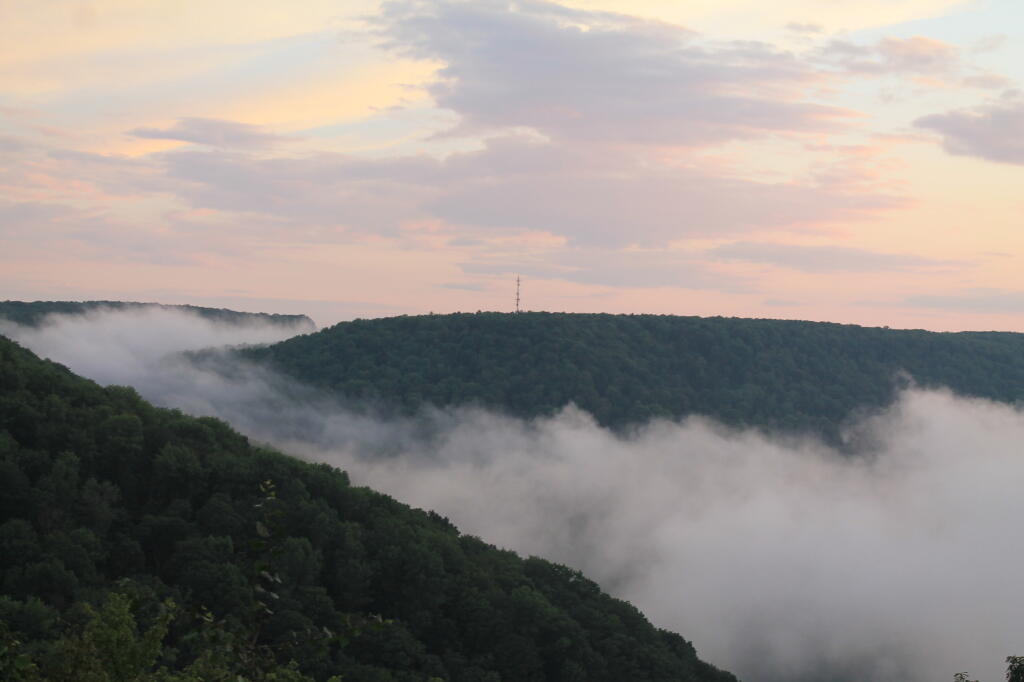Senior Forester Ed Sykes
NYS Department of Environmental Conservation, Region 6
7327 State Route 812
Lowville, NY 13367
July 15, 2013
Dear Mr. Sykes:
RE: WINONA STATE FOREST UMP
The Draft Winona State Forest UMP appears to be incorrect as it relates to the Facilities Inventory, subsection “Designated Campsites” on page 24:
There are three designated campsites on Winona, and their locations are as follows:
• Co. Rte. 90, 0.1 mile east of the intersection of Brown and Co Rt. 90;
• On Bargy Rd., 0.3 mile south of CCC Camp;
• On Tucker Rd., 0.4 mile east of the intersection of Bargy and Tucker Road
Based on my casual inspection of these locations, I was unable to locate these campsites. It is possible that these sites have not been mowed, reverted to woods, and/or do not have the required “Camp Here” disks pursuant to NYCRR 6 Part 190.
There is however, one relatively well-used campsite near GPS location N 43.69528 W 75.97681. This site is located roughly 300 feet south of the intersection of Bargy Road and Dog Leg Trail. It is indicated by a “Camp Here” disk, and is consists of a stone fire ring, and a hardened-with-gravel camping pad.
Many traveling New Yorkers enjoy having drive-to, “road-side campsites”, that provide minimal facilities but allow one to camp there with a pickup truck with a camper top, or a small-tow along camper, such a pop-up or tear-drop camper. Likewise, people with families appreciate being able to pull into a campsite, set up a tent, without having to carry it back to the woods. In the western Tug Hill Plateau, this is the only location that offers this essentially primitive-style camping.
The DEC should designate five (5) roadside campsites along the various roads in Winona State Forest.
These campsites should follow the design of roadside campsites in the Adirondack Park, e.g.
all campsites should be at least a quarter mile apart (at least out of eye-shot/ear-shot each other),
- be properly designated with “Camp Here” disks,
- set back at least 150 ft from water, trails, and other facilities; and
- consist of a gravel-hardened pull off with shading from the road, and a small stone-fire ring.
- No other facilities should be a provided, except for outhouses, as decided based on usage.
Standard policies under NYCRR 6 Part 190, such as requiring a camping permit for stays longer then 3 nights, should apply.
DEC operations staff should be instructed to occasionally maintain the campsites, such as mowing and litter removal, similar to what is currently done along roadsides and in parking/assembly areas. DEC Forest Rangers and law enforcement should also occasionally patrol the area, especially on Friday evenings in May and June, to discourage littering and abuse by young adults during the end of school year.
Finally, the DEC Forester should GPS the location of such campsites. and provide such data to the centralized DEC Maintenance Management System (MMS) in Albany, and provide campsite locations on maps and informational kiosks.
Many people choose roadside camping over state and private campgrounds, or primitive camping the backcountry on undesigned and undeveloped sites. Many like the privacy of roadside camping, the social nature of it, the ability to listen to music without disturbing others in the close-proximity conditions that exist in state campgrounds. By expanding roadside camping opportunities on this state land, it will expand the use of these lands in summer months.
Winona State Forest offers a lot to the visitor, including miles of hiking, mountain biking, and horse trails. The miles of roads provide scenic driving, and access to the interior forest for hunting and nature observation. The forest is a short drive to Salmon River Reservoir and Lakeview Marsh WMA which offer fishing, boating, and other opportunities. Expanding camping opportunities will enhance the public’s use of this area.
Thank you for reviewing these comments. I look forward to reviewing the revised draft Winona UMP.
Sincerely,
Andy Arthur

